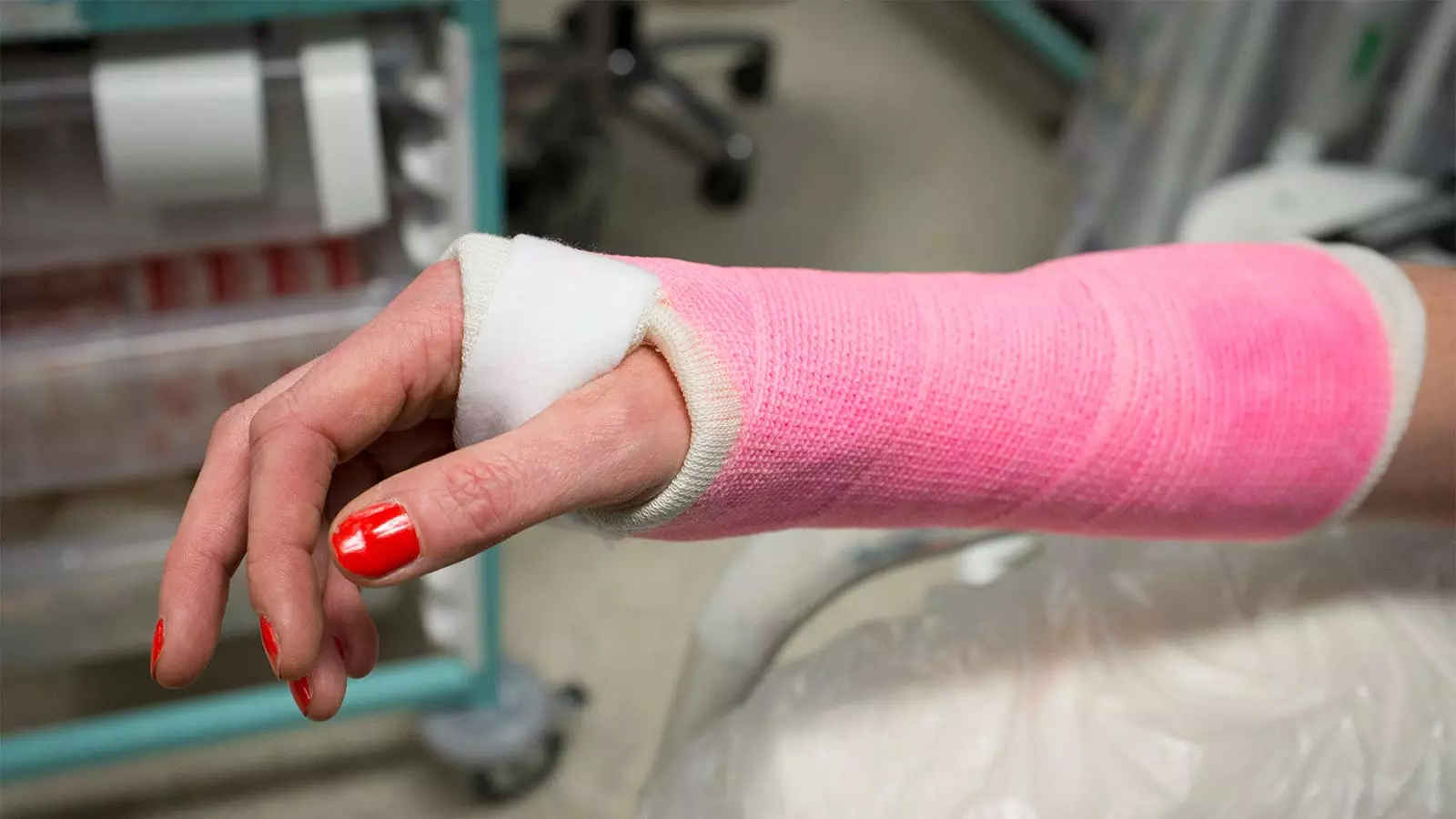The study conducted by Nicole Wright, PhD, MPH, and her colleagues found that over a 20-year period, white postmenopausal women had the highest rates of fractures, but Black, Pacific Islander, Asian, and multiracial women were not far behind. The data from the Women’s Health Initiative (WHI) revealed that Black women had a hazard ratio (HR) of 0.58 for any clinical fracture, while Pacific Islander women had an HR of 0.69, Asian women had an HR of 0.68, and multiracial women had an HR of 0.92 compared to white women. These results shed light on the racial disparities in fracture rates among postmenopausal women.
The study also highlighted some intriguing findings among different racial groups. Asian Indian women were found to have the highest age-standardized incidence rate for any fracture, comparable to white women, while Filipina women had the lowest rate, 47% lower than white women. Similarly, Cuban women had the highest fracture incidence rate among Hispanic women, comparable to non-Hispanic women, while women of unspecified Hispanic origin had the lowest rate, 22% lower than non-Hispanic women. These disparities emphasize the need for targeted fracture prevention strategies among women of different racial and ethnic backgrounds.
According to Wright, fracture prevention should be a priority not only for non-Hispanic white women but also for American Indian/Alaskan Native, Asian Indian, and Cuban women who are at higher risk. The changing demographics of the U.S., particularly in the older adult population, make it crucial to address fracture prevention in other racial and ethnic groups, especially the Hispanic community. The study’s findings underscore the importance of bone health management in all women and men for primary and secondary fracture prevention.
While the study provided valuable insights into racial disparities in fracture rates among postmenopausal women, there were some limitations that need to be acknowledged. Factors like education level, income, acculturation, nutrition, lifestyle, bone mineral density, and bone geometry were not adjusted for in the comparisons, which could have influenced the results. Future longitudinal studies should aim to evaluate the contributors to these racial and ethnic differences in fracture rates to develop interventions that minimize disparities in osteoporosis management and fracture outcomes.
The study on racial disparities in fracture rates among postmenopausal women highlighted the need for targeted fracture prevention strategies for women of different racial and ethnic backgrounds. By addressing the unique risk factors and challenges faced by diverse populations, healthcare providers can work towards reducing the burden of fractures and improving bone health outcomes for all women and men. Further research is warranted to better understand the underlying factors contributing to these disparities and develop effective interventions to promote bone health and prevent fractures across all racial and ethnic groups.


Leave a Reply